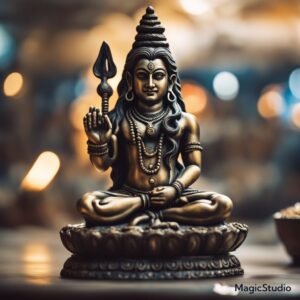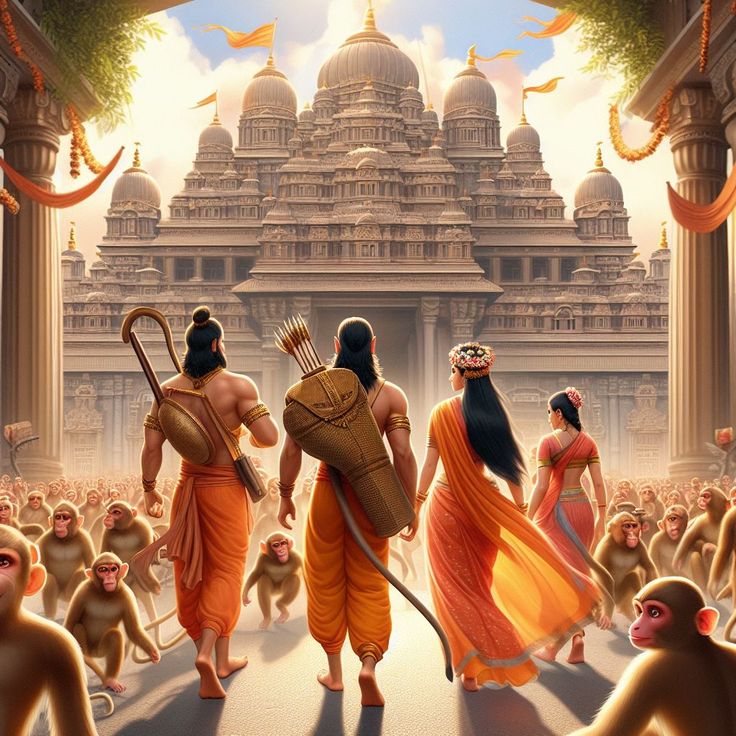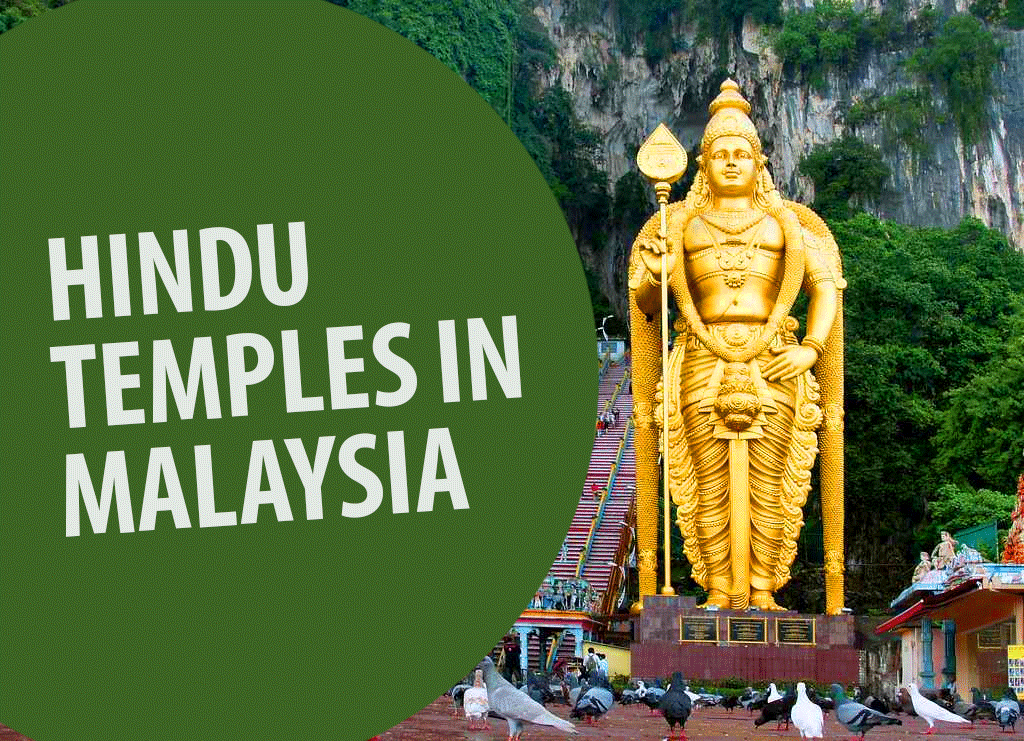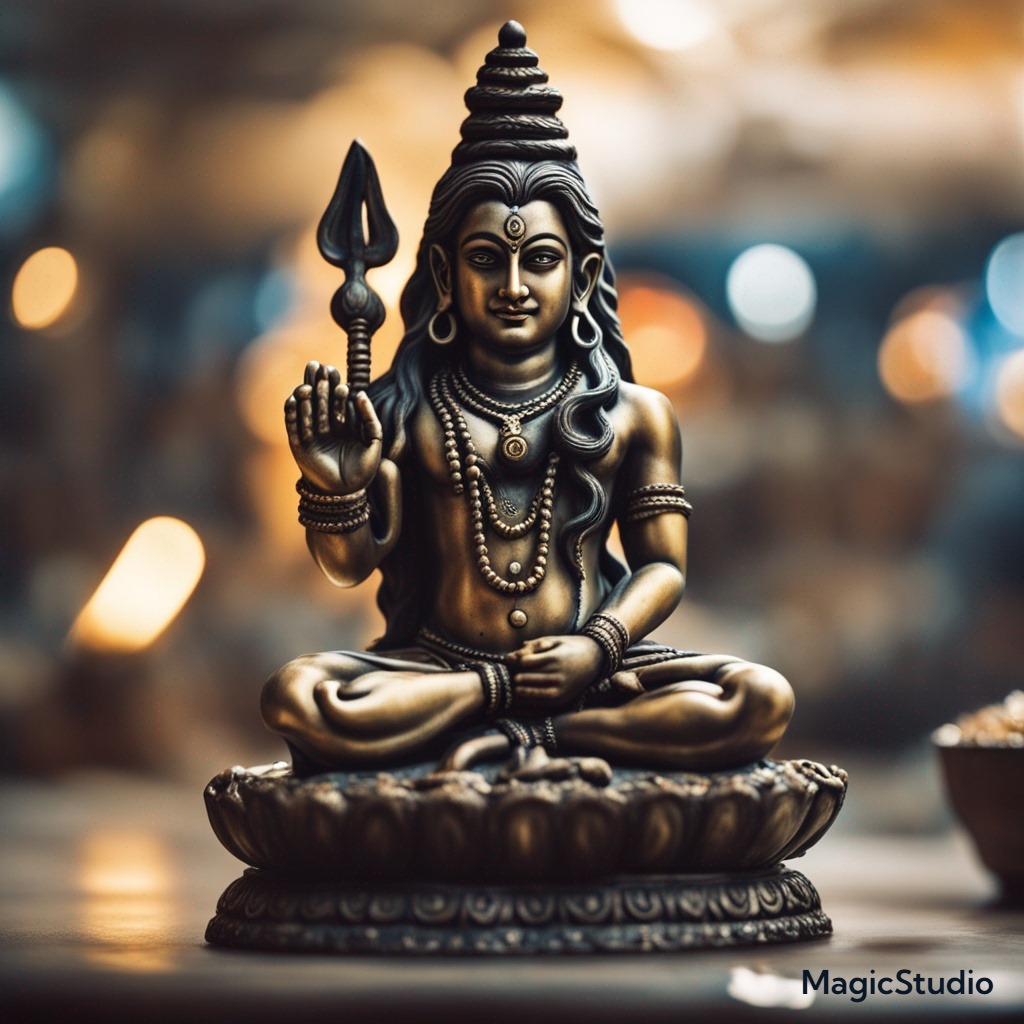Indian mythology is a treasure trove of ancient stories that offer timeless lessons about life, morality, and the cosmos. Rooted in the Vedas, Puranas, and epics like the Mahabharata and Ramayana, these stories span millennia and are integral to Indian culture. They not only provide insight into the country’s spiritual beliefs but also serve as a window into its rich heritage, values, and the eternal battle between good and evil.
The Creation of the Universe: A Cosmic Dance
One of the most intriguing myths from Indian tradition is the creation of the universe, which revolves around the concept of a cyclical process of creation and destruction. According to Hindu cosmology, the universe goes through endless cycles of Srishti (creation), Sthiti (preservation), and Samhara (destruction), embodied by the Trimurti: Brahma, Vishnu, and Shiva.
Brahma is the creator, who gives form to the universe. Vishnu, the preserver, sustains it. Shiva, the destroyer, eventually dissolves the cosmos to make way for a new cycle. The myth of Shiva’s cosmic dance, the Tandava, symbolizes the continuous rhythm of the universe, where destruction leads to rebirth, thus encapsulating the philosophy of life and death.
The Mahabharata: Dharma and Duty
One of the greatest epics in world literature, the Mahabharata is a story of a great war between the Pandavas and the Kauravas, two royal families vying for the throne of Hastinapura. The underlying theme of the epic is the concept of dharma (righteousness or duty). The hero of the tale, Arjuna, faces a moral dilemma on the battlefield of Kurukshetra, when he is torn between his duty as a warrior and his love for his family, who are on the opposing side.
The Mahabharata’s most famous episode is the Bhagavad Gita, a spiritual dialogue between Arjuna and Lord Krishna. In this dialogue, Krishna instructs Arjuna about the nature of life, duty, and the pursuit of righteousness. He encourages Arjuna to perform his duty as a warrior without attachment to the outcomes, thus emphasizing the importance of selfless action, a key tenet of the karma yoga philosophy.
The Mahabharata’s rich tapestry of stories and characters showcases human emotions, relationships, and conflicts, providing moral lessons about governance, loyalty, and the consequences of one’s actions.
The Ramayana: The Ideal Life
The Ramayana, another great epic, tells the story of Rama, the prince of Ayodhya, who is an incarnation of Lord Vishnu. Rama’s life is a model of virtue, duty, and righteousness. The Ramayana revolves around his journey to rescue his wife, Sita, who is abducted by the demon king Ravana. Accompanied by his loyal brother Lakshmana and the monkey god Hanuman, Rama embarks on an epic quest that is filled with trials, sacrifices, and battles.
The Ramayana illustrates ideals of behavior: Rama as the ideal king, son, and husband; Sita as the epitome of virtue and devotion; Lakshmana as the perfect brother; and Hanuman as the paragon of loyalty and service. The epic highlights themes such as dharma (righteousness), karma (action), and the triumph of good over evil.
The story of Rama and Sita is celebrated in Indian festivals, such as Diwali, which marks Rama’s return to Ayodhya after his victory over Ravana, symbolizing the triumph of light over darkness and good over evil.
The Churning of the Ocean: A Cosmic Battle
Another famous myth is the Samudra Manthan or the Churning of the Ocean, which represents the eternal struggle between good and evil. In this tale, the devas (gods) and asuras (demons) come together to churn the ocean of milk in search of amrita, the nectar of immortality.
Using the serpent Vasuki as the rope and Mount Mandara as the churning rod, both sides begin the process, which releases both divine and destructive things from the ocean. Among the treasures produced are the goddess Lakshmi, the divine physician Dhanvantari, and the deadly poison Halahala, which is consumed by Lord Shiva to save the world.
This myth is a metaphor for the human quest for immortality and the balance between good and evil forces. It also emphasizes the importance of cooperation and the inevitability of challenges in the journey toward higher goals.
Conclusion: Timeless Wisdom
Indian mythology, rich in symbolism and allegory, continues to inspire generations with its tales of heroism, virtue, and the deeper truths of existence. These myths not only serve as spiritual guides but also offer practical lessons on morality, duty, and the consequences of one’s actions. In an ever-changing world, these ancient stories remind us of the eternal truths that govern life and the universe.








